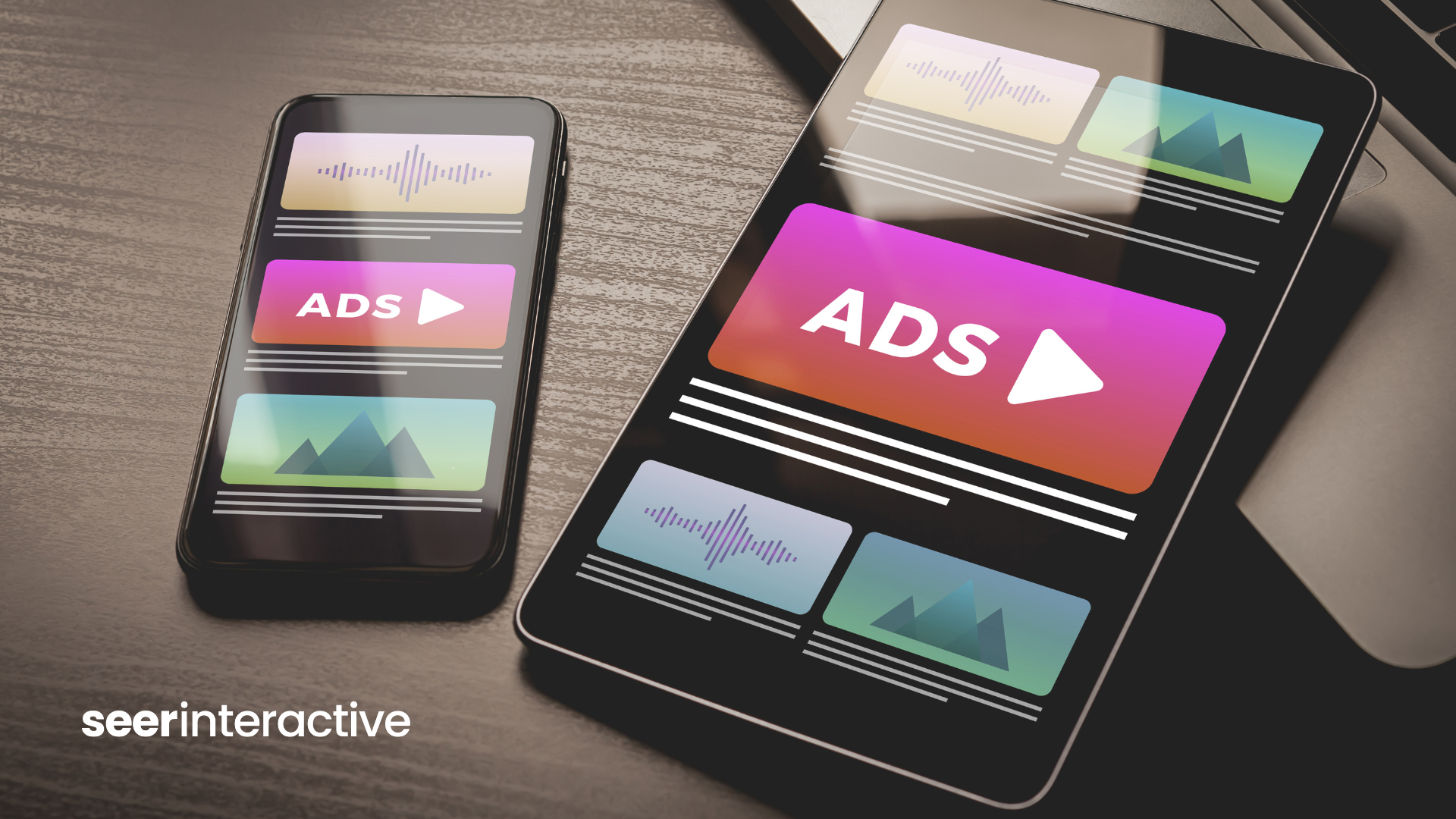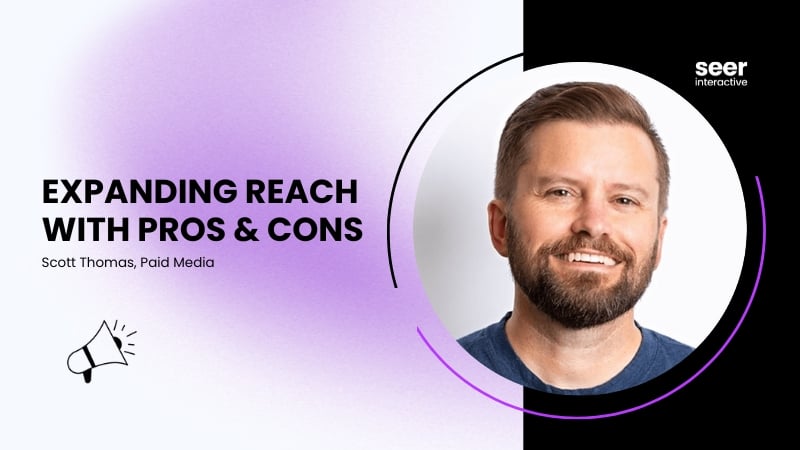One of the questions we ask our clients is who is your target audience? For most B2B clients they have a very specific audience that their product/service is geared towards. Unfortunately when you are deciding what terms to target in Search you cannot distinguish a searcher to be in your target audience just based on the term they are searching on (though of course if they are searching on a relevant term, we presume they are in our audience). While advertising on search engines is very important and valuable for clients, we are always looking for third tier engines or other ways we can get in front of our target audience.
Social media is becoming increasingly popular amongst search marketers, and my particular favorite (for B2B clients) is LinkedIn.
Whether it is industry, company size or a job title, LinkedIn lets you decide who you want to see your ads. They even let you get as specific as targeting by company name! (Some other targeting options include geography, group, gender and age).
First, lets talk about the results:
I have a client that runs on Google and LinkedIn. Lets compare some numbers.
The conversion rate for LinkedIn is 122% HIGHER than the conversion rate for Google. While, LinkedIn conversions in total are less than the total conversions from Google due to lower volume, the actual conversion to click ratio is much better for LinkedIn.


The CPA on LinkedIn is also 49% LOWER than the CPA on Google. That is a huge difference (we arent talking small CPA #s either).
The moral of this story is, LinkedIn offers awesome targeting options for B2B clients and its cheaper than Google. Often time this means a better ROI!
Now, lets talk about some tips for setting up LinkedIn campaigns:
When you begin to create your LinkedIn Campaigns they will guide you through the process and even suggest tips and best practices along the way. I am going to give you the quick and dirty on advertising on LinkedIn and some tips that I have learned along the way.
Writing Ads
As with most PPC best practices, LinkedIn recommends creating more than one ad per campaign for testing purposes. Here are some quick facts about LinkedIn Ads (all guidelines here, all best practices here)
You can add an image to show with your ad
- Your ad can direct to a website or a LinkedIn profile page
- Proper sentence case is required -Your Ads Will Not Show If You Write Them Like This. (With the exception of valid acronyms)
- Correct spelling and grammar is required
- Although you can target multiple counties, the ads must be in English
Here is an example ad:

Please note you CANNOT use LinkedIn in your ads. This ad was made for only for this blog as an image.
Targeting
The next step is to choose your target audience. As mentioned above, LinkedIn targeting can get very specific. Be sure to choose your audience carefully. One of my favorite features when selecting your audience is Estimated Target Audience that appears next to the filtering area. While you are selecting who you want to target you can watch your target audience fluctuate so you know approximately how many LinkedIn members will see your ad.

On this page you can also decide to advertise on the LinkedIn Audience Network.
I have not tested targeting the Audience Network, mainly because of limited budgets for my campaigns but it is something I hope to test in the future.
Campaign Bids and Budgets
You can either chose to run your ads by CPC or by CPM. We typically go with the CPC model. LinkedIn will then supply you with a Bid Range which is the range as to how much it will cost you per click to target the audience you specified in the previous step. While the bid range does change, the minimum bid is $2 for both options.
We have tested running CPC vs. CPM to determine which was more cost efficient. We found that running on CPC model was 78% cheaper than running on CPM per click, and 56% cheaper per thousand impressions.
Budgeting gets a little tricky as you dont know how many impressions your ad will receive in a day. You will need to pick a budget that is comfortable for your client. Your ad will continue to show throughout the day until you have reached the budget that was set. There is no minimum spend but there is a $10 minimum daily budget.
VERY IMORTANT FOR US ADVERTISERS
This was a little surprising to see and I was a little surprised in a bad way when I saw this. Taken from LinkedIns best practices:
We display your ads at different rates during the day depending on when LinkedIn users are active on the website -- for example, 50% of your budget might be spent in the morning, 30% in the afternoon, and 20% overnight. Once your Daily Budget is reached, your ads will stop showing for that day. Also, note that since most people visit LinkedIn on weekdays, you're more likely to spend your Daily Budget during the week than over the weekend.
Note that an advertising "day" is based on Greenwhich Mean Time (GMT), which starts at 4pm Pacific (7pm Eastern) in the U.S.
There is no option to set up any sort of day parting to ensure that your ads are showing up at the best time for your time zone Hopefully something that will change as the platform evolves!
Once you are done setting up billing, your campaigns are set to go! (There is a $5 activation fee but this is used to cover your initial clicks/impressions.)
Tips for Managing/optimizing LinkedIn
- Dont make a dummy account! Use the account of the company or someone (someone that is recognizable from your company or has a respectable title) from the company. At the bottom of your ad it will say who the ad is from and it allows you to click on the name of the person/company and will direct you to their profile. We have tested both previously and seen much better performance when using a company vs. dummy account.

- The best indicator of how your ads are performing is by CTR. For LinkedIn a good CTR is greater than .025%. You can optimize your CTR best testing different versions of ad copy. You can test the headline, descriptions and images. Having a better CTR will help lower your CPC.
- Although LinkedIn does not track leads/conversions there is a way to do so using Google Analytics. If you have analytics installed on every page you can append this parameter to the end of your destination URL.
?utm_source=LinkedIn&utm_medium=CPC&utm_campaign=CAMPAIGNNAME
(Tip: I usually name each ad something different, that way I know which ad converts the best. You can then track the conversion by setting up Goals in GA.)
- Since you can get really granular with the audience you are targeting, it is also good to test segmenting the audience into different campaigns and sending them to specific landing pages per their business needs. For example, if your company has one model for small businesses and one for large businesses, you can target these two business sizes in separate campaigns and create landing pages that speaks specifically to that audience.
When using LinkedIn as a part of your PPC strategy you can anticipate that you will receive less volume than from search campaigns. Although volume is lower, LinkedIn is still a viable strategy to reach your target audience and may generate better quality leads and a better ROI!

